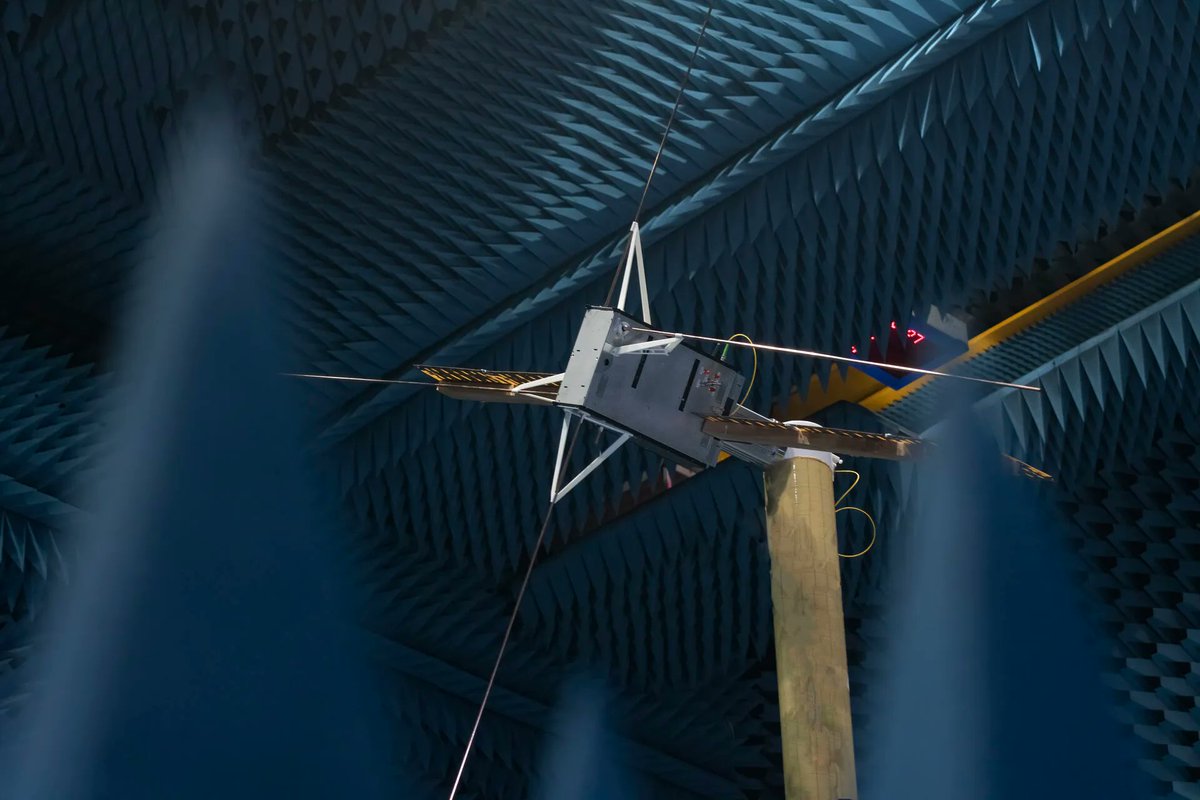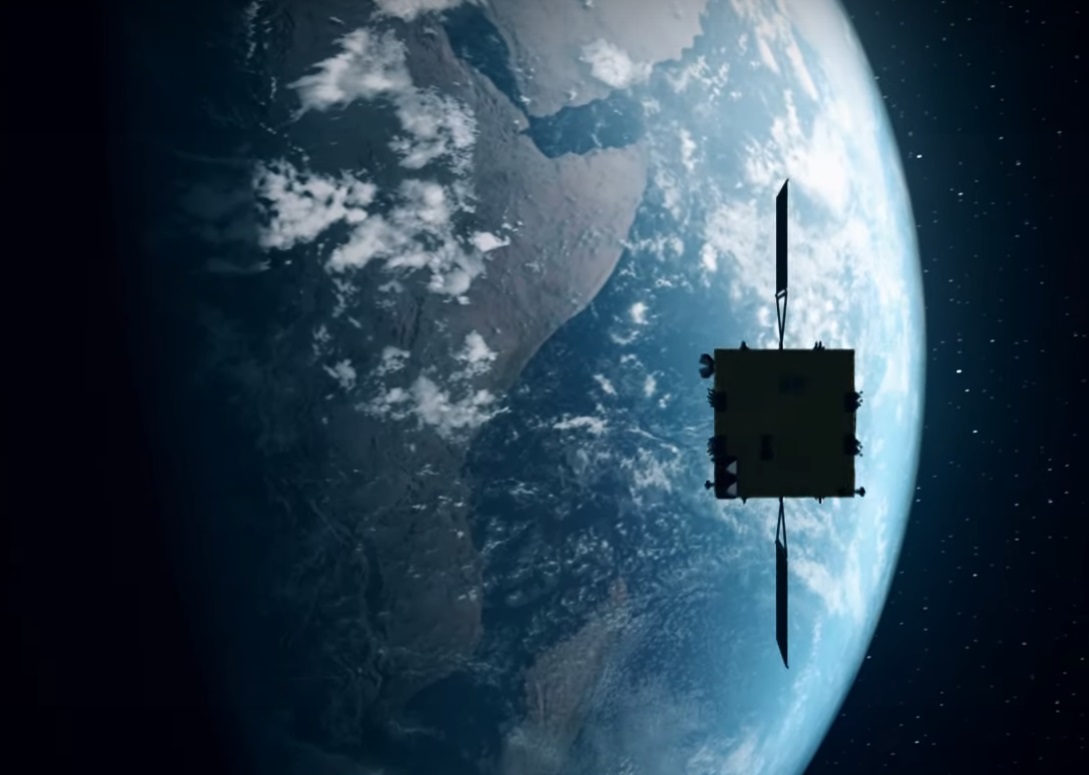Before you read the rest of this article know there are no known threats to life on Earth! We shouldn’t sit complacently on this tiny rock in space though so NASA have been working on ways to neutralise potential asteroid threats should they arise. The DART mission proved it was possible to alter the trajectory of an asteroid in space. Direct impact though where a probe smashes into the rock is one way but potentially not the best. A team of researchers have now been exploring ways that a nuclear explosion near an asteroid may send a blast of X-rays sufficiently powerful to vaporise material generating thrust to redirect the asteroid.
Continue reading “Nuclear Detonations Could Deflect Dangerous Asteroids Away from Earth”DART Did More Than Deter Dimorphos; It Sent It Into a Chaotic Tumble

In 2022, NASA’s DART (Double Asteroid Redirection Test) spacecraft collided with an object named Dimorphos. The objective was to test redirecting hazardous asteroids by deflecting them with an impact. The test was a success, and Dimorphos was measurably affected.
Follow-up research shows that Dimorphos was more than deflected; it was deformed.
Continue reading “DART Did More Than Deter Dimorphos; It Sent It Into a Chaotic Tumble”ESA’s Hera Mission is Bringing Two Cubesats Along. They’ll Be Landing on Dimorphos

In about one year from now, the European Space Agency will launch its Hera mission. Its destination is the asteroid Didymos, and it’ll be the second human spacecraft to visit the 390-meter chunk of rock. NASA’s DART mission crashed a kinetic impactor into Didymos’ tiny moonlet Dimorphos as a test of planetary defence.
Hera will perform a follow-up investigation of the binary asteroid to measure the size and morphology of the impact crater on Dimorphos. To help it along, it’s taking two tiny CubeSats that will land on Dimorphos.
Continue reading “ESA’s Hera Mission is Bringing Two Cubesats Along. They’ll Be Landing on Dimorphos”Watch a Nicely Stabilized Video of DART Flying Past Didymos and Slamming Into Dimorphos
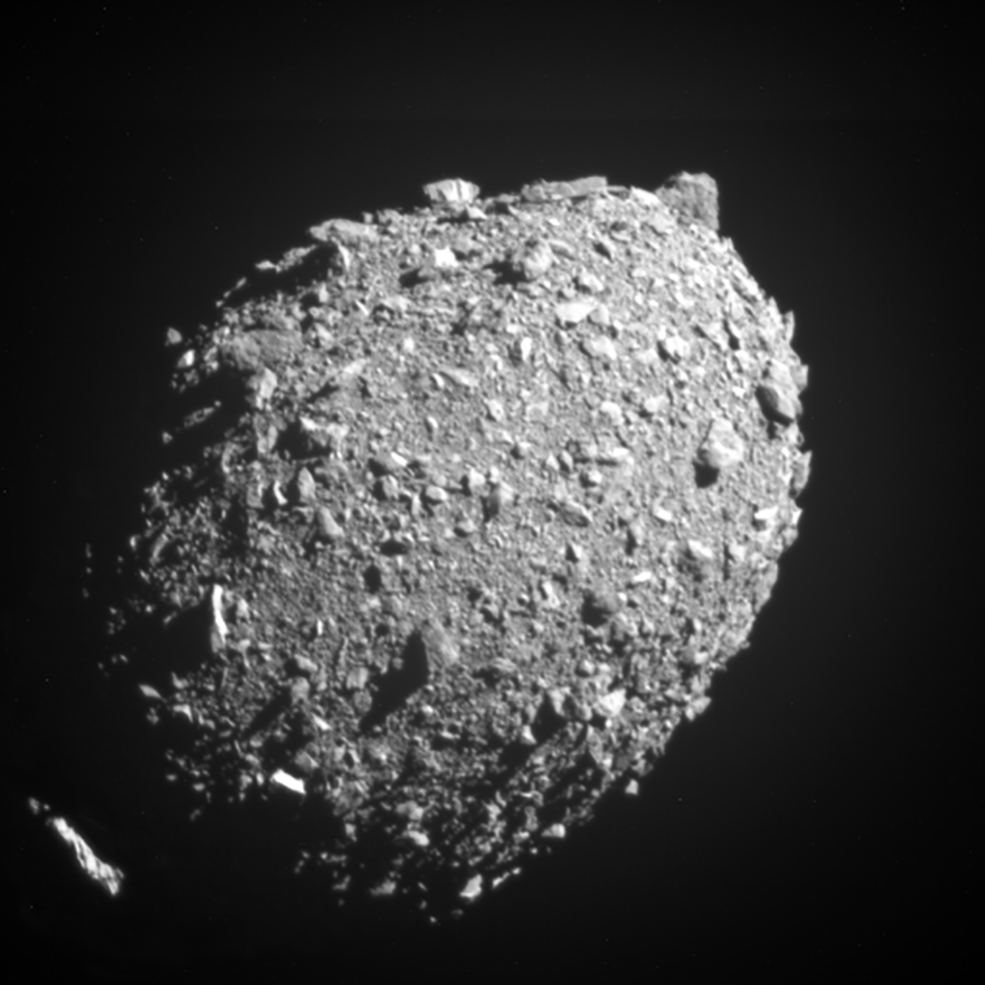
Here’s one of the best videos we’ve seen of the last minutes of the Double Asteroid Redirection Test (DART) mission as it headed towards and slammed into the asteroid Dimorphos. This stabilized version of the last five-and-a-half minutes of images leading up to DART’s intentional collision with the asteroid was produced from NASA’s DART images. It was produced by the YouTube channel Spei’s Space News from Germany.
Continue reading “Watch a Nicely Stabilized Video of DART Flying Past Didymos and Slamming Into Dimorphos”This is the Last Thing DART saw as it Smashed Into its Asteroid Target

The first-ever planetary defense technology demonstration mission successfully conducted its mission, slamming into the surface of a distant asteroid and going out in a blaze of glory. NASA’s Double Asteroid Redirection Test (DART) spacecraft acted as a kinetic impactor, colliding with the small and harmless asteroid Dimorphos on September 26 at 7:14PM ET, with the hope of deflecting it.
Continue reading “This is the Last Thing DART saw as it Smashed Into its Asteroid Target”The World’s Ground Stations are Getting Ready to Watch a Spacecraft Crash Into an Asteroid Next Week!
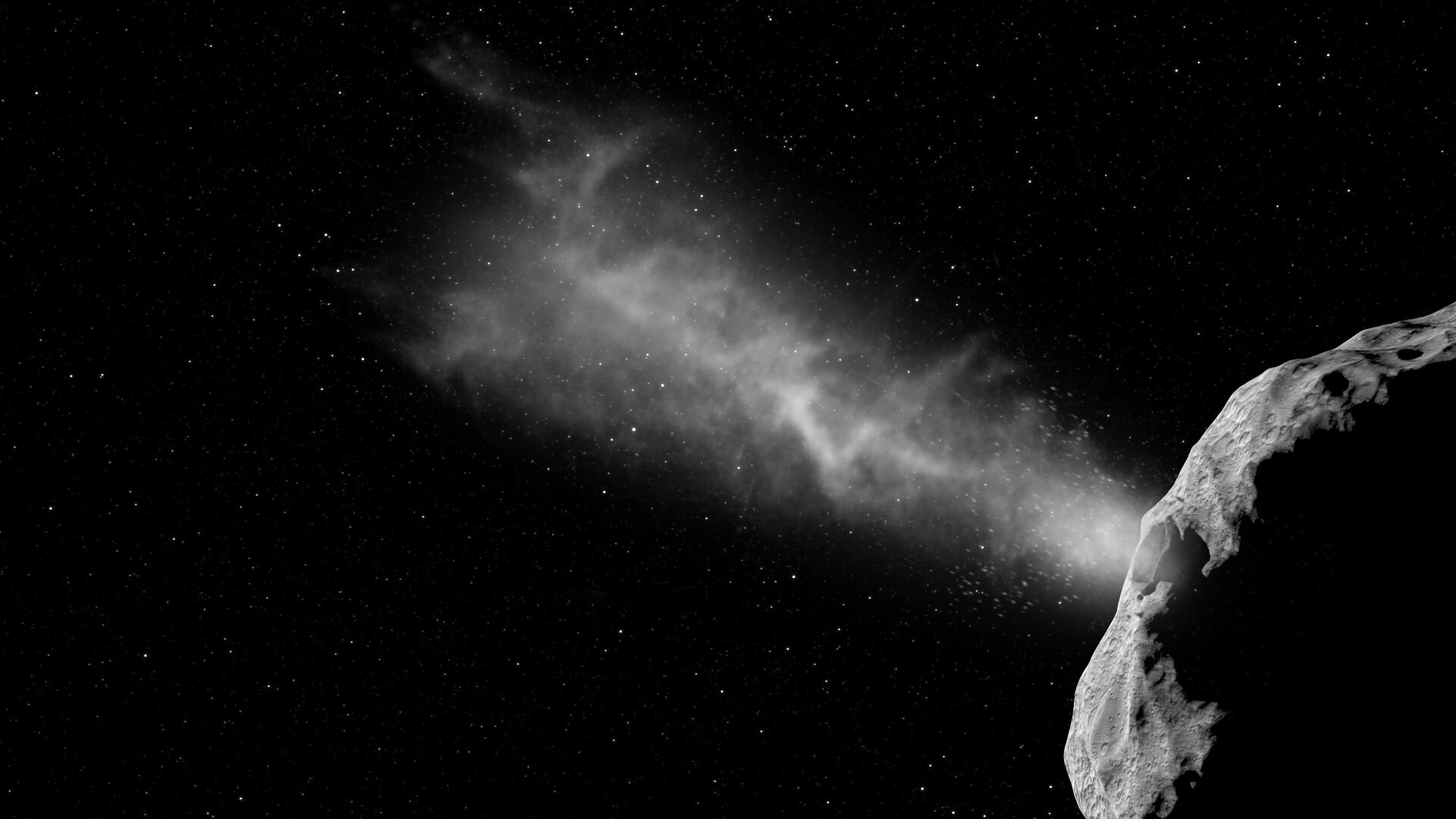
On September 26th, NASA’s Double-Asteroid Redirect Test (DART) will rendezvous with the Near-Earth Asteroid (NEA) Didymos. By 01:14 UTC (07:14 PM EDT; 04:14 PM PDT), this spacecraft will collide with the small moonlet orbiting the asteroid (Dimorphos) to test the “kinetic impactor” method of planetary defense. This method involves a spacecraft striking an asteroid to alter its orbit and divert it from a trajectory that would cause it to collide with Earth. The event will be broadcast live worldwide and feature data streams from the DART during its final 12 hours before it strikes its target.
Continue reading “The World’s Ground Stations are Getting Ready to Watch a Spacecraft Crash Into an Asteroid Next Week!”DART Sees Asteroid Didymos for the First Time. In two Weeks, it’ll Crash Into its Moon

NASA’s Double Asteroid Redirection Test (DART) mission is on its way to rendezvous with the double-asteroid Didymos. When it arrives on September 26th, DART will collide with Dimorphos – the 160-meter (525-foot) moonlet that orbits the main body – to evaluate the kinetic impact technique for the very first time. This proposed method of planetary defense consists of a spacecraft colliding with an asteroid to alter its orbit and prevent it from colliding with Earth. In July, DART took its first image of the double-asteroid, which NASA released earlier this week!
Continue reading “DART Sees Asteroid Didymos for the First Time. In two Weeks, it’ll Crash Into its Moon”An Upcoming Asteroid Mission Will be Able to Peer 100 Meters Under the Surface
Engineers only get one shot at making a spacecraft work as intended. Or at least they only get one shot in space. In the preparation leading up to that final, climactic moment, there are typically thousands of hours of tests run on numerous systems and subsystems. If all goes well, it bodes well for the mission’s overall success, but if problems arise, it’s much easier to address them on the ground than while a spacecraft is already orbiting. A model of a new spacecraft known as Juventas just completed a significant testing milestone – passing testing in a room known as an anechoic chamber.
Continue reading “An Upcoming Asteroid Mission Will be Able to Peer 100 Meters Under the Surface”NASA Launches DART, to Learn how to Defend the Earth From a Future Asteroid Impact
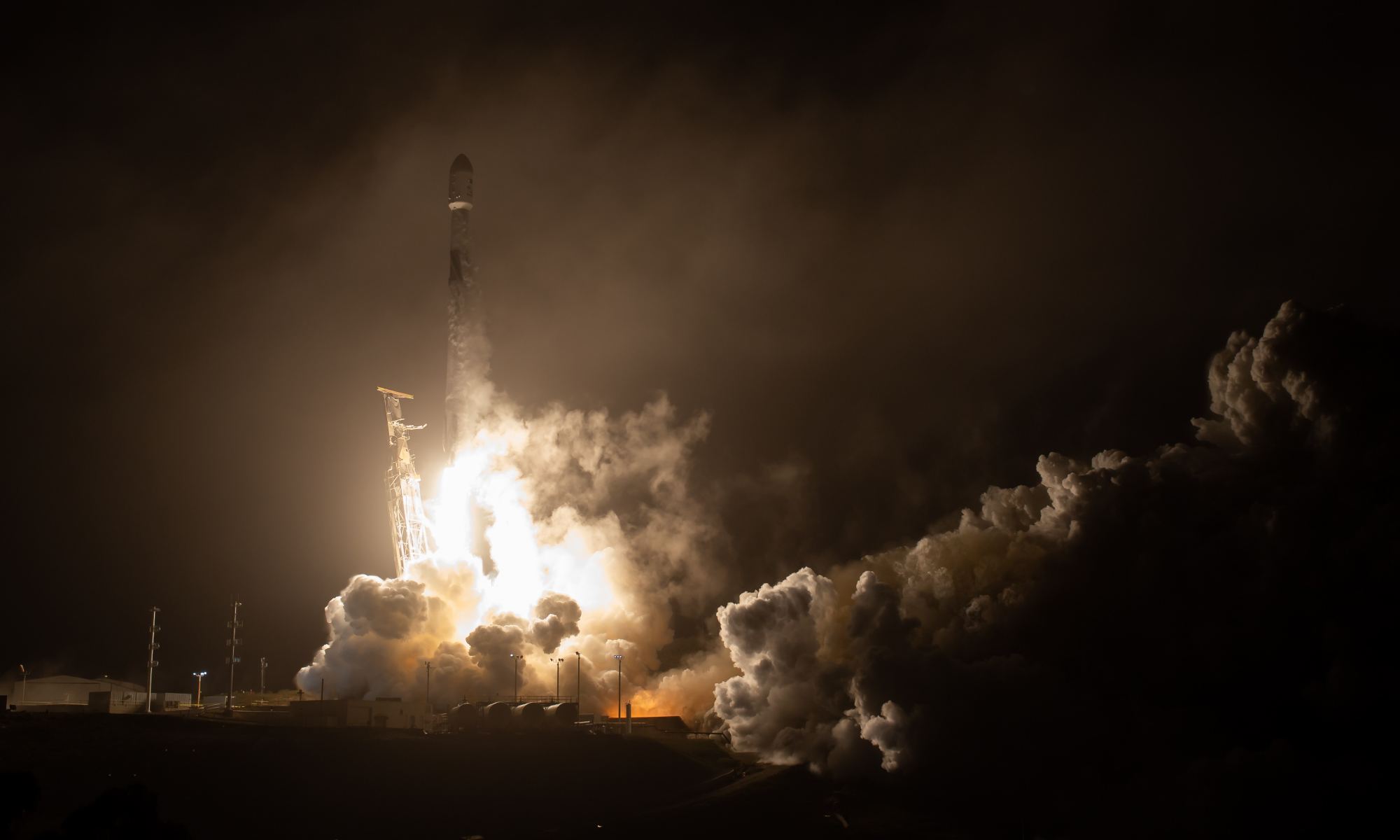
In the early hours of the morning on Wednesday, Nov. 24th, NASA’s Double Asteroid Redirection Test (DART) launched from Space Launch Complex 4 East at Vandenberg Space Force Base (SFB) in California. This spacecraft is the world’s first full-scale mission to demonstrate technologies that could someday be used to defend our planet from Near-Earth Asteroids (NEAs) that could potentially collide with Earth.
Put simply, the DART mission is a kinetic impactor that will evaluate a proposed method for deflecting asteroids. Over the next ten months, the DART mission will autonomously navigate towards the target asteroid – the binary NEA (65803) Didymos – and intentionally collide with it. If everything goes according to plan, this will alter the asteroid’s motion so that ground-based telescopes can accurately measure any changes.
Continue reading “NASA Launches DART, to Learn how to Defend the Earth From a Future Asteroid Impact”ESA Recruits Amateur Astronomers Ahead of Hera Asteroid Mission
The European Space Agency is looking to recruit amateur astronomers to help characterize possible secondary targets for the upcoming Hera asteroid rendezvous mission.
Continue reading “ESA Recruits Amateur Astronomers Ahead of Hera Asteroid Mission”

